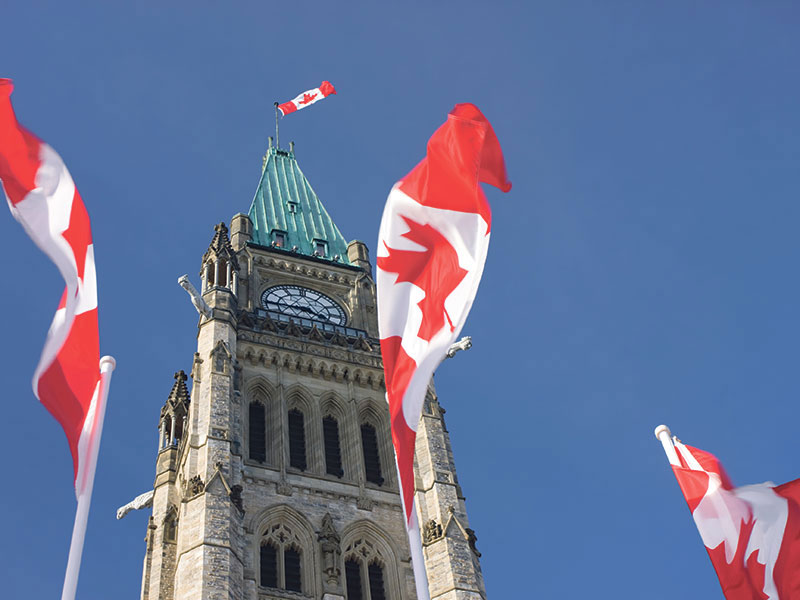
This article appears in the April 2022 issue of Investment Executive. Subscribe to the print edition, read the digital edition or read the articles online.
Finance Minister Chrystia Freeland has not lost her reporter’s instinct for crafting a narrative, as demonstrated by how she outlined the budget tabled in the House of Commons on April 7.
It was Freeland’s second budget since assuming her current ministerial post. Last April’s document addressed an economy that contracted by 17% — “the deepest recession” since the Great Depression, as she highlighted — and provided emergency support for Canadians and businesses across the country pulverized by the Covid-19 pandemic. That financial rescue plan “depleted our treasury,” as Freeland explained.
But with unemployment at 5.3% in March (the lowest rate on record since comparable data became available in 1976) and real GDP 1.2% above its pre-pandemic level, “Canada has come roaring back,” said Freeland, echoing a line Prime Minister Justin Trudeau has used as a verbal goalpost since the pandemic’s start in March 2020.
This year’s budget came in the context of that recovery. The government is seeking to grow the Canadian economy by helping people attain something that’s become elusive for many: housing.
Budget 2022 introduced the tax-free first home savings account that will work like an RRSP, allowing tax-deductible contributions, and include the non-taxable features of a TFSA.
And thanks to a confidence-and-supply agreement with the NDP that could keep the minority Liberals in power until 2025, Freeland’s budget also addressed one of two health care-related asks from the New Democrats. This year’s budget allocates $5.3 billion over five years toward dental care, starting with children under 12 and eventually extending to all Canadians — coincidentally, by 2025.
A similar initiative involving pharmacare, also pushed by the NDP, is expected in next year’s budget.
Along with helping Canadians afford homes and keep their teeth healthy, Budget 2022 had measures to clean up the air they breathe.
As part of the Liberals’ climate-action plan, the federal government has set aside $1.7 billion over five years to extend its incentive program to offset up to $5,000 toward the purchase of zero-emission vehicles, extended to include vans, trucks and SUVs.
All told, the budget introduced $31 billion in new spending, which will increase the fiscal year’s deficit to $52.8 billion from earlier estimates of $44.1 billion. Debt as a percentage of the economy will hit 45.1% this year and decline over the coming years, the document said.
Freeland also promised a spending review to find $6 billion in savings over five years, with a progress report due in next year’s budget.
With, hopefully, the worst of pandemic lockdowns and restrictions behind us, Freeland planned to focus in this budget on a growth agenda. “And then, Vladimir Putin invaded Ukraine,” she said in the budget’s foreword.
The Russian president’s threat to “rules-based international order” has prompted strong reaction from Canada and its allies, along with more than $8 billion in new defence spending over five years, including $500 million to supply Ukraine with arms.
For Freeland — who, as deputy prime minister, has used Churchillian wartime rhetoric in her condemnation of Russia’s actions — the Ukraine file is deeply personal. Her maternal roots are there and she worked in the country as a young journalist, honing her craft of telling a story and putting it into context.
“The brave people of Ukraine,” Freeland said when delivering the budget in the House of Commons, “have reminded us that the strength and unity of a country comes from the strength and unity of its people” — and the budget is “a plan that invests in people.”
Uncooperative co-executor passed over by court
Case illustrates the risks of appointing multiple executors